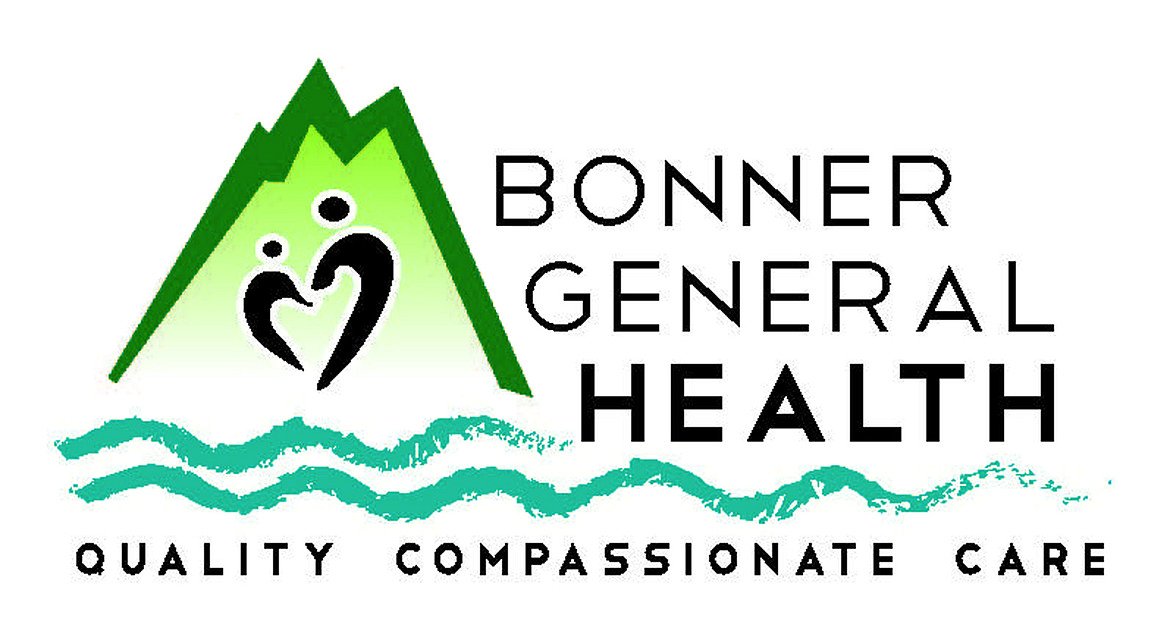What to know about juvenile arthritis
“When I was six, I was diagnosed with juvenile idiopathic arthritis. My parents knew something was wrong when I had to come in early from trick-or-treating because I couldn’t walk up the stairs to knock on doors.” This is what was said by a young man, around thirteen I’d guess, named Carter on the Arthritis Foundation website.
“I used to think I was the slowest kid in my class because it hurt too much when I was running. After I was diagnosed with arthritis, I went on medication, and I had tons of procedures, and I just did so many things to make it feel better …There are ways now that we can help kids if we all work together.”
Working together includes getting the word out that one in 1,000 children under 16 years of age will be diagnosed with juvenile idiopathic arthritis (JIA) each year. There is no cure for this disease, but some children will achieve permanent remission.
“Juvenile idiopathic arthritis can cause persistent joint pain, swelling and stiffness. Some children may experience symptoms for only a few months, while others have symptoms for many years,” Mayo Clinic says.
And, they say that complications may occur. These include growth problems, joint damage, and eye inflammation. Treatments focus on the symptoms, controlling pain and inflammation, improving function, and preventing damage.
There are seven types of JIA with one category specifically for children that don’t fit into any of the other categories. The most common, however, the one that affects half of the affected children, is called oligoarticular juvenile idiopathic arthritis.
“Oligoarticular JIA affects fewer than five joints and occurs more often in girls. Polyarticular JIA affects five or more joints. Other forms of JIA include juvenile psoriatic arthritis and enthesis-related arthritis, which affects the spine,” the American College of Rheumatology explains.
Signs and symptoms vary and may come and go, making diagnosis tricky. “Children with JIA may have joint pain and swelling. Signs also include limping, morning stiffness, reluctance to use an arm or leg, reduced activity, and difficulty with fine motor activities. Children with systemic onset JIA often have repeating high fevers and a pink rash that comes and goes.
“Oligoarticular JIA raises the risk of eye inflammation (uveitis) and regular eye exams from an ophthalmologist are needed for screening. Signs of juvenile psoriatic arthritis are nail changes and swollen digits. Enthesis-related arthritis may cause back pain and stiffness,” ACR says.
As a parent, or child caregiver, you should be looking for the most common signs of JIA. Mayo says that your child may not complain of joint pain, but you might notice them limping first thing in the morning or after nap time.
Although joint swelling is common, it might only be noticed when it affects a larger joint such as the knee. You might see that your child appears clumsier than usual due to stiffness when first awakening. Fever, swollen lymph nodes and rash on the child’s trunk may occur at any time but worsen in the evening.
“Like other forms of arthritis, juvenile idiopathic arthritis is characterized by times when symptoms flare up and times when symptoms may be minimal,” Mayo says.
The cause is unknown. What’s known is that JIA occurs when the body’s immune system attacks its own cells and tissues. It’s thought that both heredity and environment play a role. It’s important for a child to understand that having this disease was not caused by something he or she did.
“Diagnosis of JIA is based on a physical exam and medical history. Lyme disease, infection, childhood cancer, and other causes must be ruled out first,” ACR says. Mayo explains that there are blood tests that are used, but they can be inconclusive.
“X-rays or magnetic resonance imaging may be taken to exclude other conditions, such as fractures, tumors, infection or congenital defects,” Mayo says.
The key to effective treatment is to allow your child to maintain a normal level of physical and social activity. Mayo says that includes strategies to relieve pain and swelling, maintain full movement and strength, and prevent complications.
Parents and caregivers can teach their child self-care techniques including getting regular exercise to increase muscle strength, applying heat or cold to deal with stiffness and eating well to prevent developing weak bones.
Kathy Hubbard is a member of Bonner General Health Foundation Advisory Council. She can be reached at kathyleehubbard@yahoo.com.



